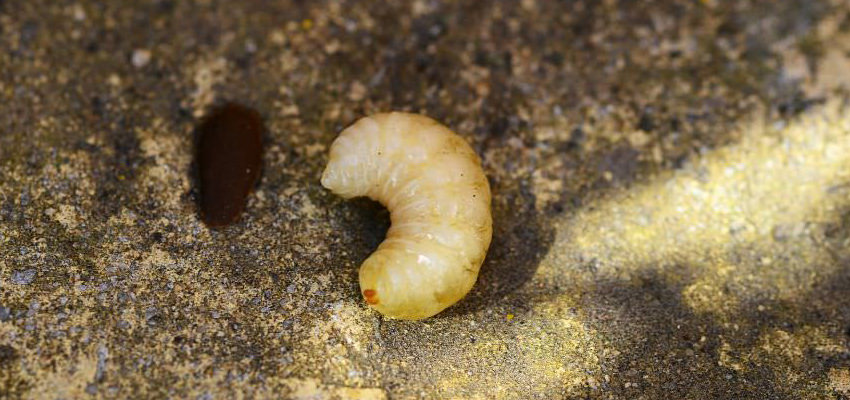Life Cycle of a Honey Bee and queen bee

Honey bees and queen bee are very interesting insects in many ways, they survive and persist as a unit we call a colony.
Contents
laying eggs

Depending on the weather conditions, the queen usually begins to lay eggs in the spring. This activity is conditioned by information received from outside (eg nectar flow, pollen collection, day length, temperature, etc.).
The job of the queen bee and egg production

The queen bee is the only fertile female and she deposits the eggs from which all other bees will be born. The queen does not leave the hive to create a new beehive, except during fertilization flights or when a swarm is produced. The queen bee lays her eggs in honeycomb panels that workers make with hexagonal cells. After the third day, the egg turns into a small hive beetle that is fed by nurse bees (young worker bees).
What happen after one week from the turning of egg into a small hive beetle to queen bee?

About a week later, the larva is locked in its cell by nurse bees that have reached the pupa stage. After about a week, the adult bee emerges.
The difference between a worker bee and a queen
Queen bees are not reared in the typical horizontal cells of the honeycomb, but their cells are built to be much larger and in an upright position. Moreover, they do not feed on pollen like the larvae of workers, but on royal jelly. It has been shown that it is this particular diet that enables a female bee to develop as a queen bee rather than a worker bee. The queen bee moves into the upside down position when the larva completes the feeding stage and turns into a pupa. During the pupal stage, worker bees close, plug or seal the queen cell. Queen bees make a sound immediately after leaving their cells, which is believed to be a challenge for other queens to fight. reaches the pupal stage. After about a week, the adult bee emerges.
How many years does queen bee live?
The typical lifespan of a queen bee is three years. They have life cycles that are typically fewer than three months for worker bees. Pheromones are secreted by queen bees to control the activity in the colony. The behavior of worker bees is altered by queen pheromones, among other factors, so that they generally raise new larvae as worker bees rather than queens.
It is well known that a bee colony may survive with just one queen, but in some circumstances, such as:

- the unexpected loss of the queen, which is an emergency condition that requires fast growing a new queen, so working bees choose a larva that is no older than three days and begin feeding her royal jelly. This bee was raised on the top of the honeycomb.
- As the queen ages, the concentration of the royal substance (pheromones) she produces decreases. As a result, working bees begin to prepare a new queen to take her place. In this case, the queen is superior to the queen that is raised in emergency situations because it consumes more royal jelly and is raised on the honeycomb surface.
- cramming too many bees into the hive, which causes them to swarm and create a new colony that needs a new queen.
Introducing the newly crowned bee queen The most crucial advice to remember when a beekeeper wants to introduce a new queen to the beehive is as follows:
- Introducing the new queen after the previous one has been absent or deceased for at least 24 hours.
- Make sure there isn’t a queen inside the cell because in this scenario, the existing queen will be killed by the worker bees.
- in order to prevent worker bees from rejecting the new queen and continuing to rear their own queen, the royal cells are destroyed before introducing a new queen.
- Make sure the hive doesn’t contain a virgin queen.







